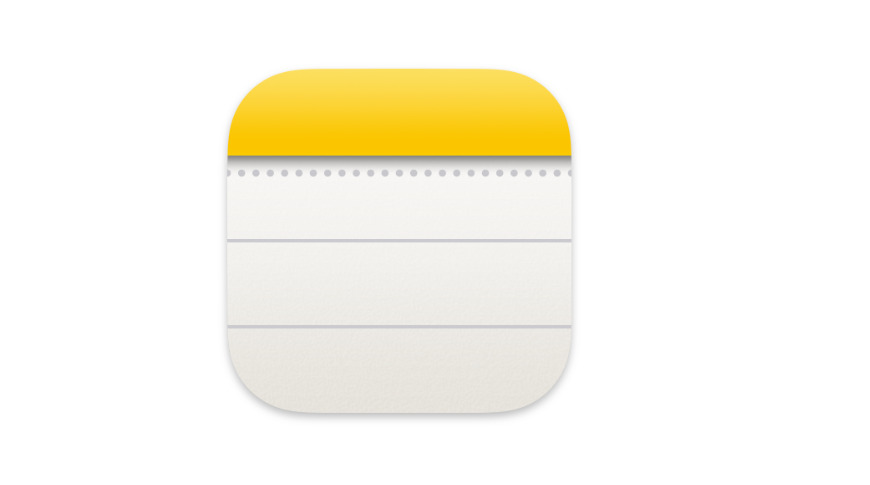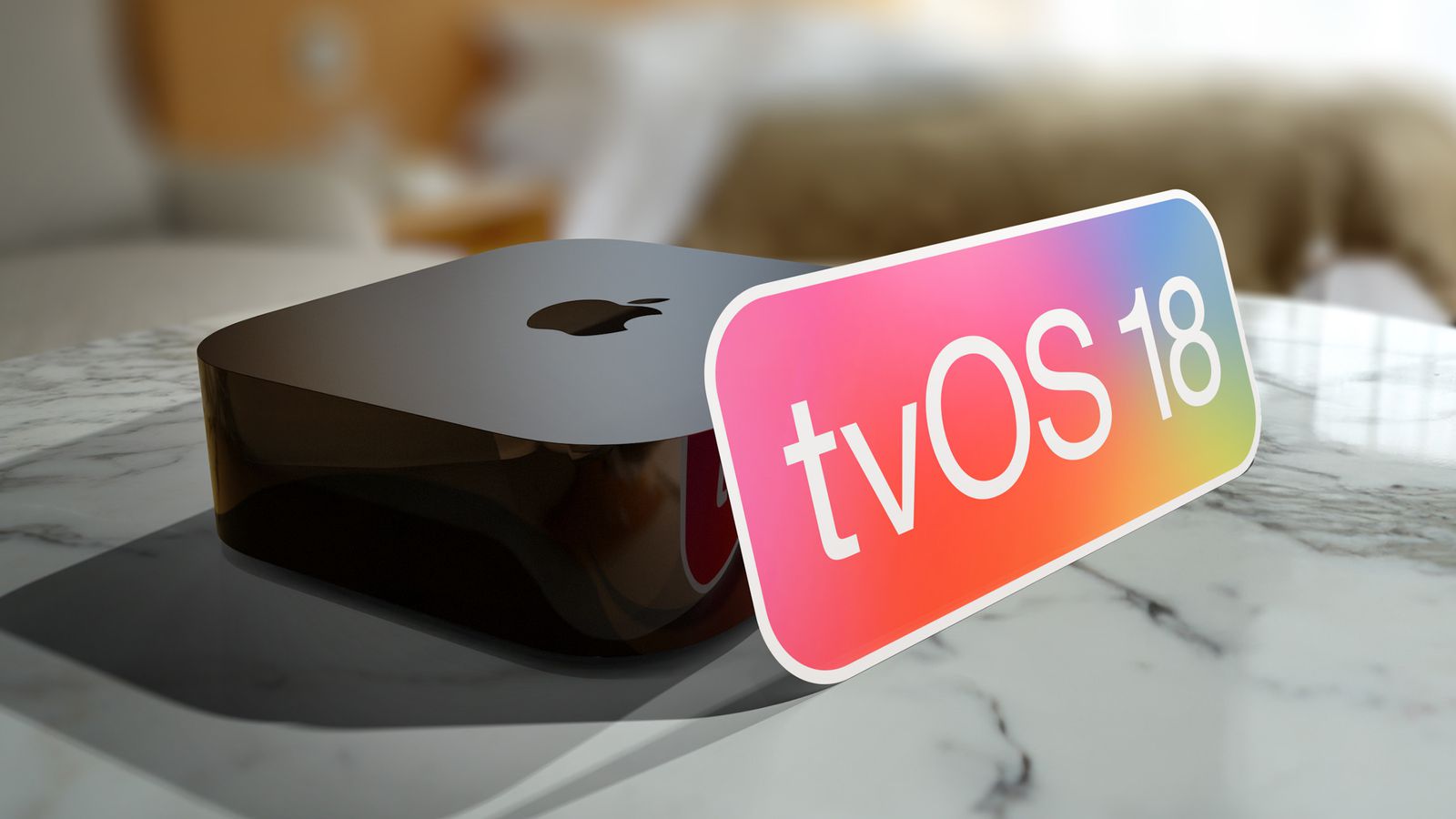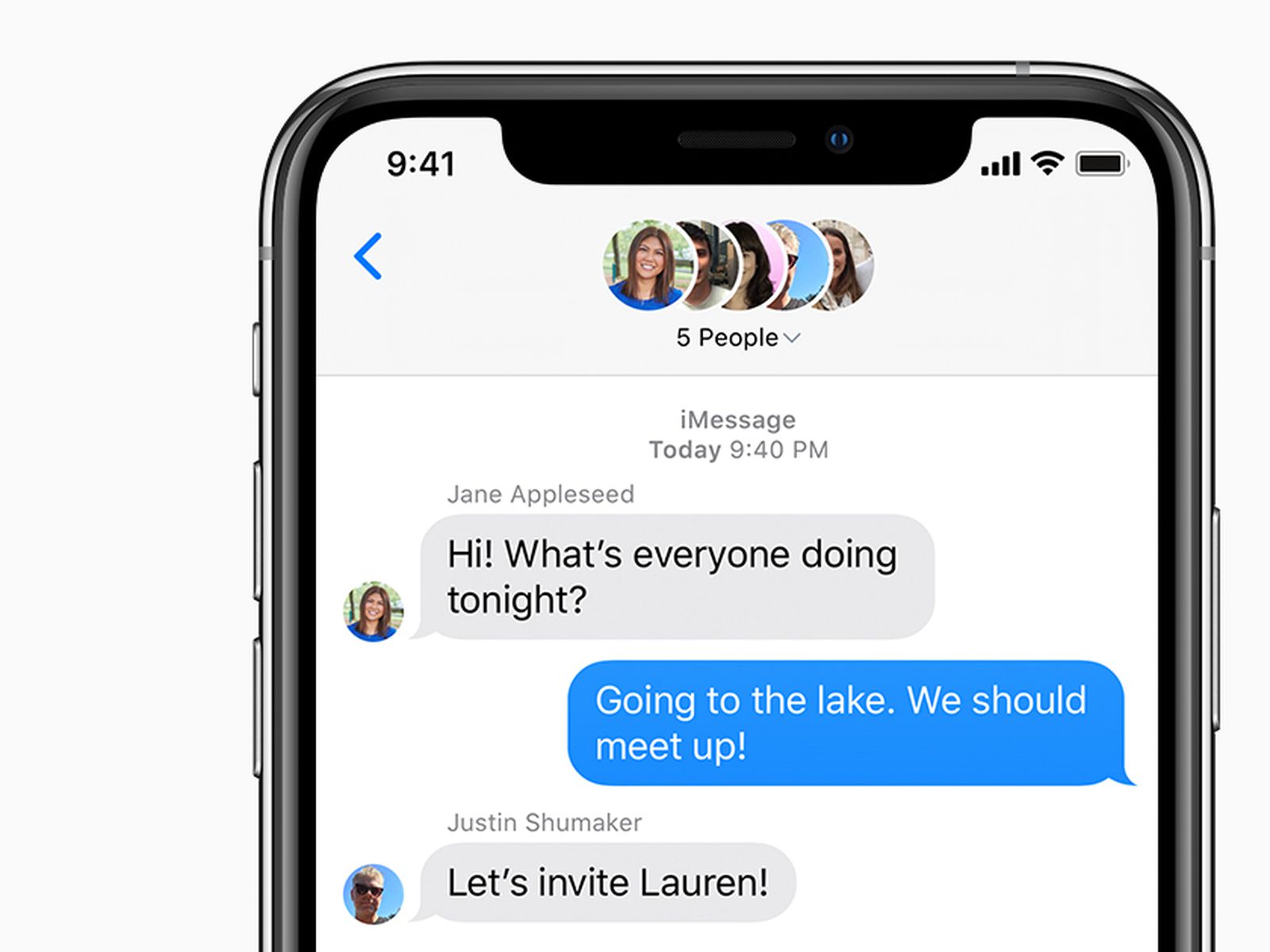Apple recently won a lawsuit that claimed its Apple TV+ movie Tetris copied a book by tech writer Dan Ackerman. According to Reuters, U.S. District Judge Katherine Failla ruled that the book and the film weren’t close enough to back up Ackerman’s accusations.
Ackerman, who used to lead Gizmodo and now runs Micro Center, started the lawsuit in 2023. He said the “Tetris” film was very similar to his 2016 book, “The Tetris Effect.” He took legal action against Apple, the film’s writer, Noah Pink, Marv Studios, the Tetris Company, and others.
Here’s what happened: Ackerman shared an early copy of his book with the Tetris Company in July 2016. But the company’s CEO, Maya Rogers, reportedly told her team not to let Ackerman use the Tetris name or image for any TV or movie projects. Later, the Tetris Company sent a warning letter to Ackerman’s agent, saying they’d sue if he kept trying to sell his book for a show or film.
The lawsuit claimed the Tetris Company then began working on its movie, using Ackerman’s book as the foundation for the script. When the “Tetris” trailer came out in March 2023, Ackerman spotted big similarities to his work. He sent a letter demanding the movie be stopped until legal matters were cleared up. Even though Apple knew about the letter, they released the film on Apple TV+ a week later.
Judge Failla, however, said Ackerman’s book was non-fiction, so the filmmakers could use its facts as long as they didn’t copy his way of telling the story. She ruled in Apple’s favor.
You can read Judge Failla’s full decision online. The “Tetris” movie, out since 2023, has been a hit on Apple TV+, earning an 81% score on Rotten Tomatoes. Check it out on Apple TV+ if you haven’t already!







